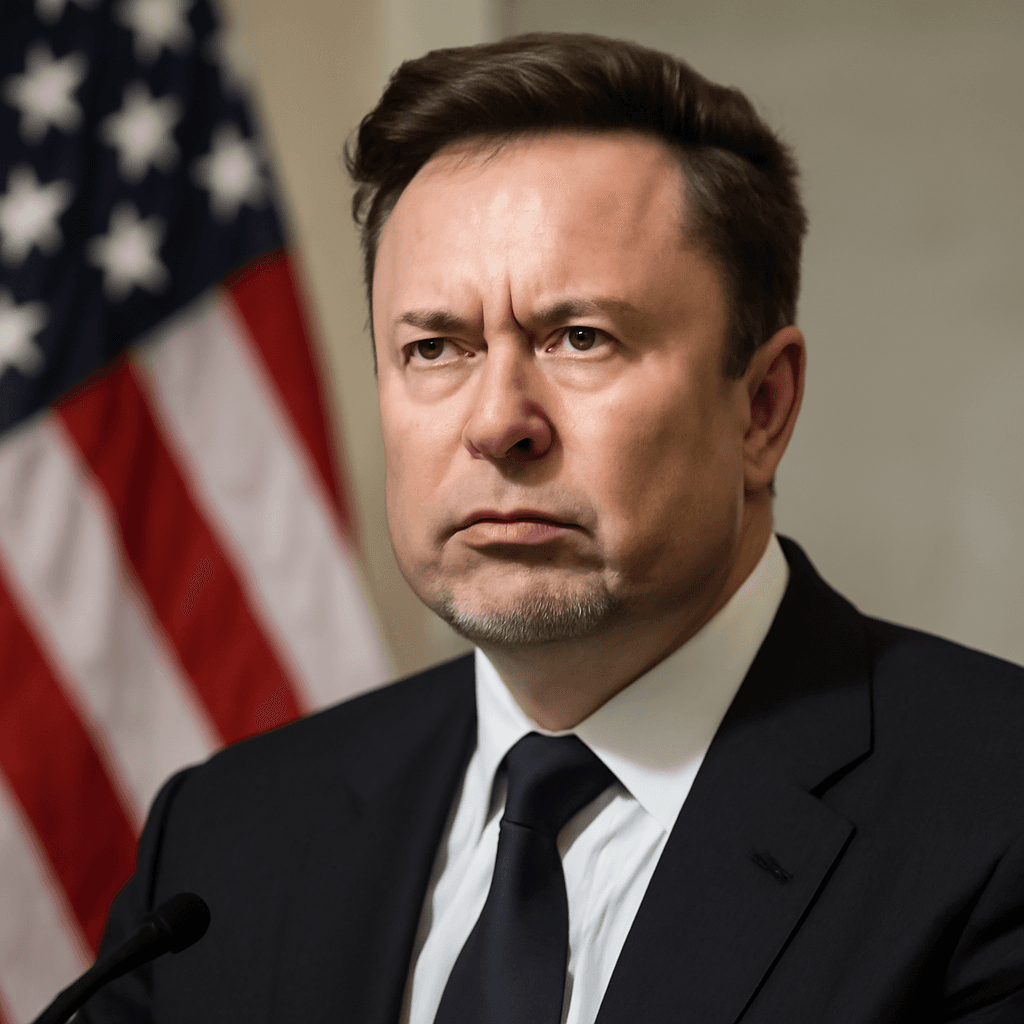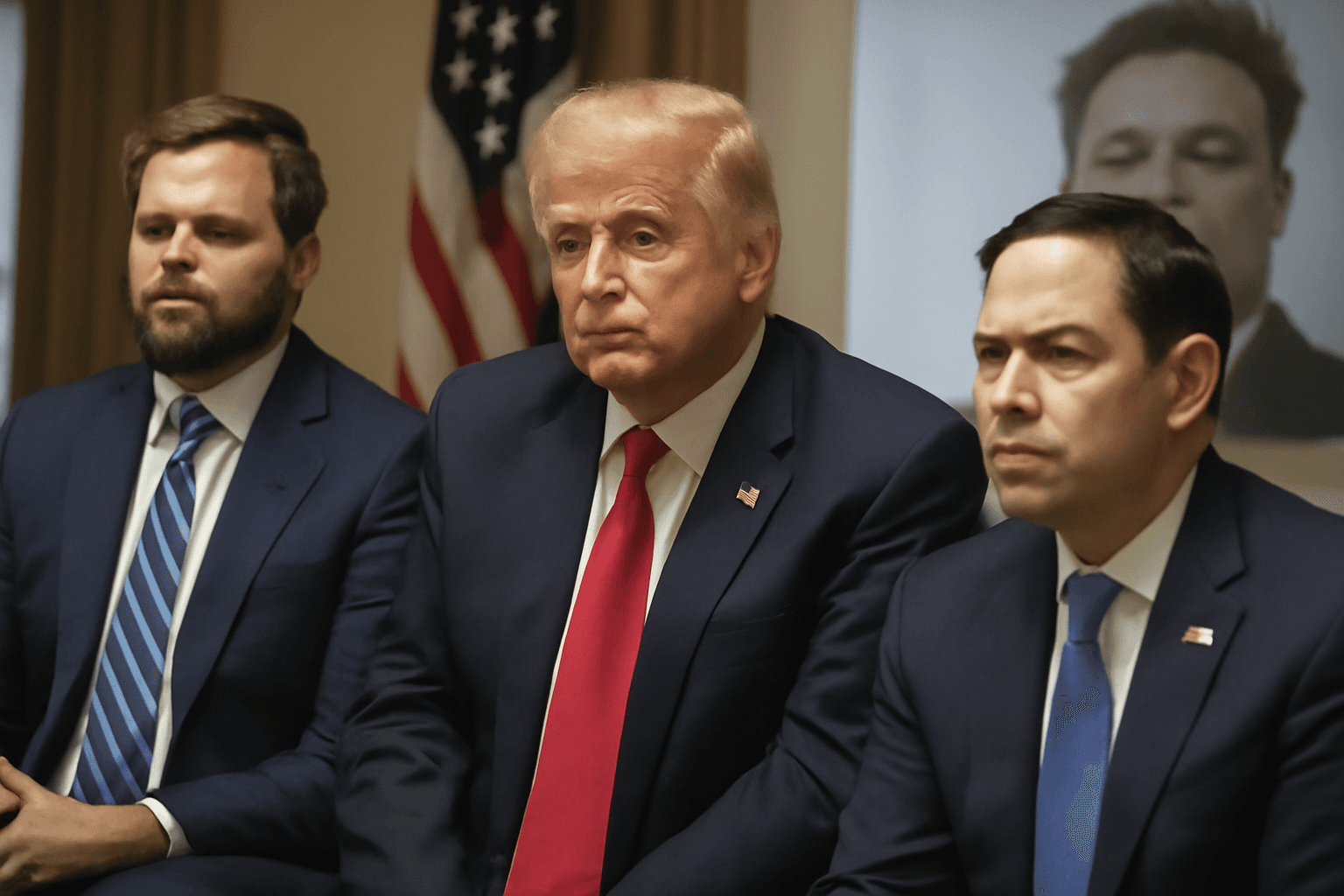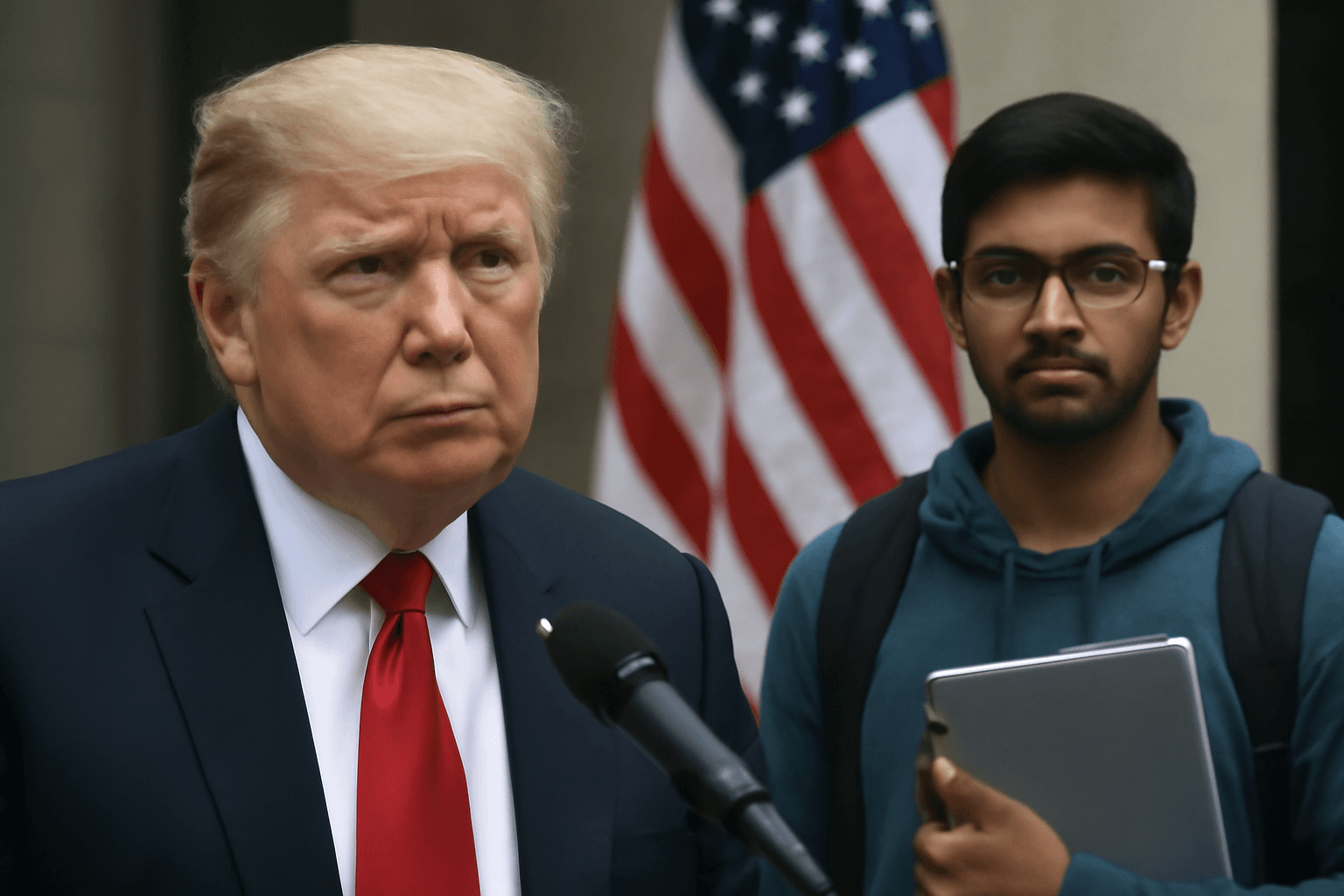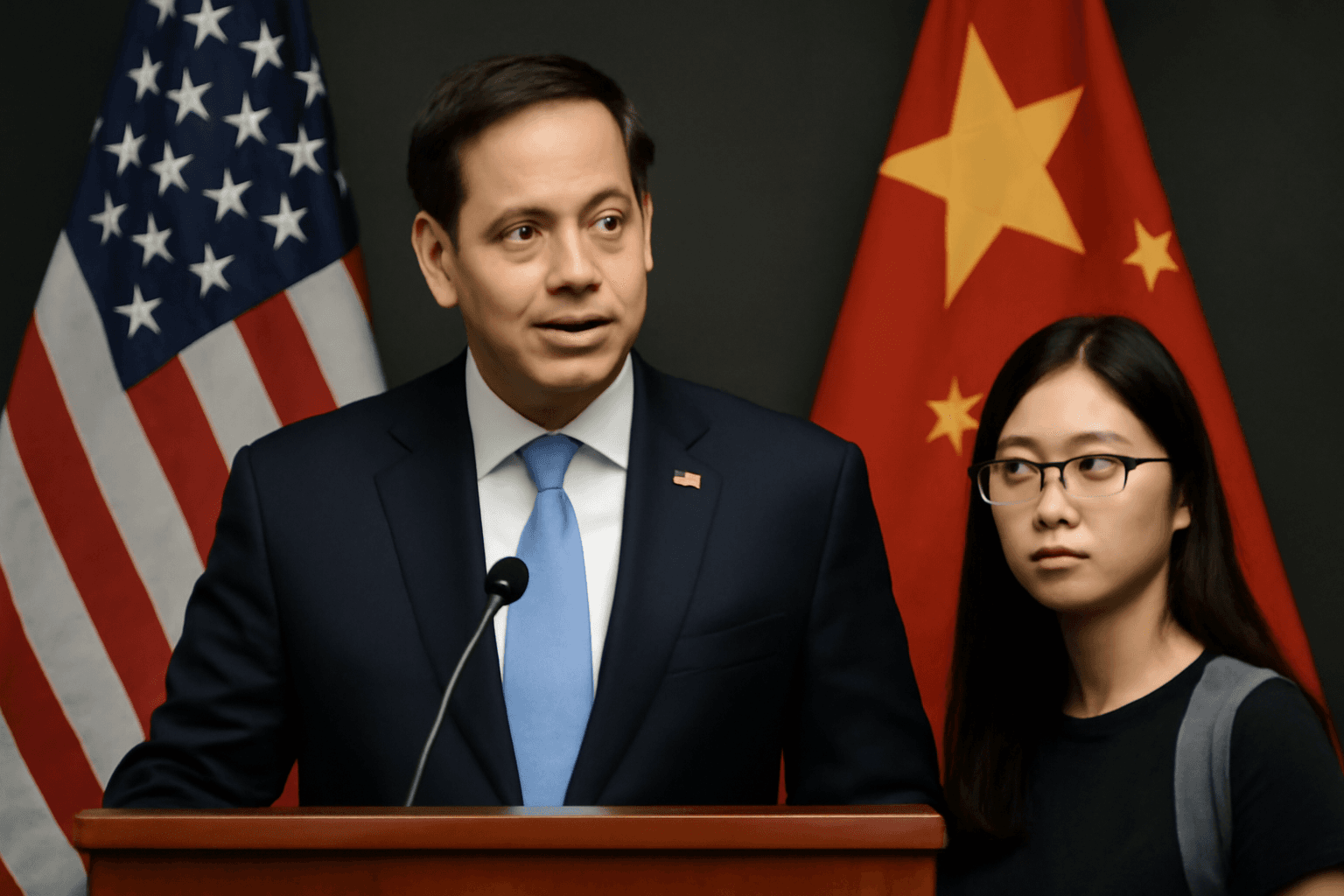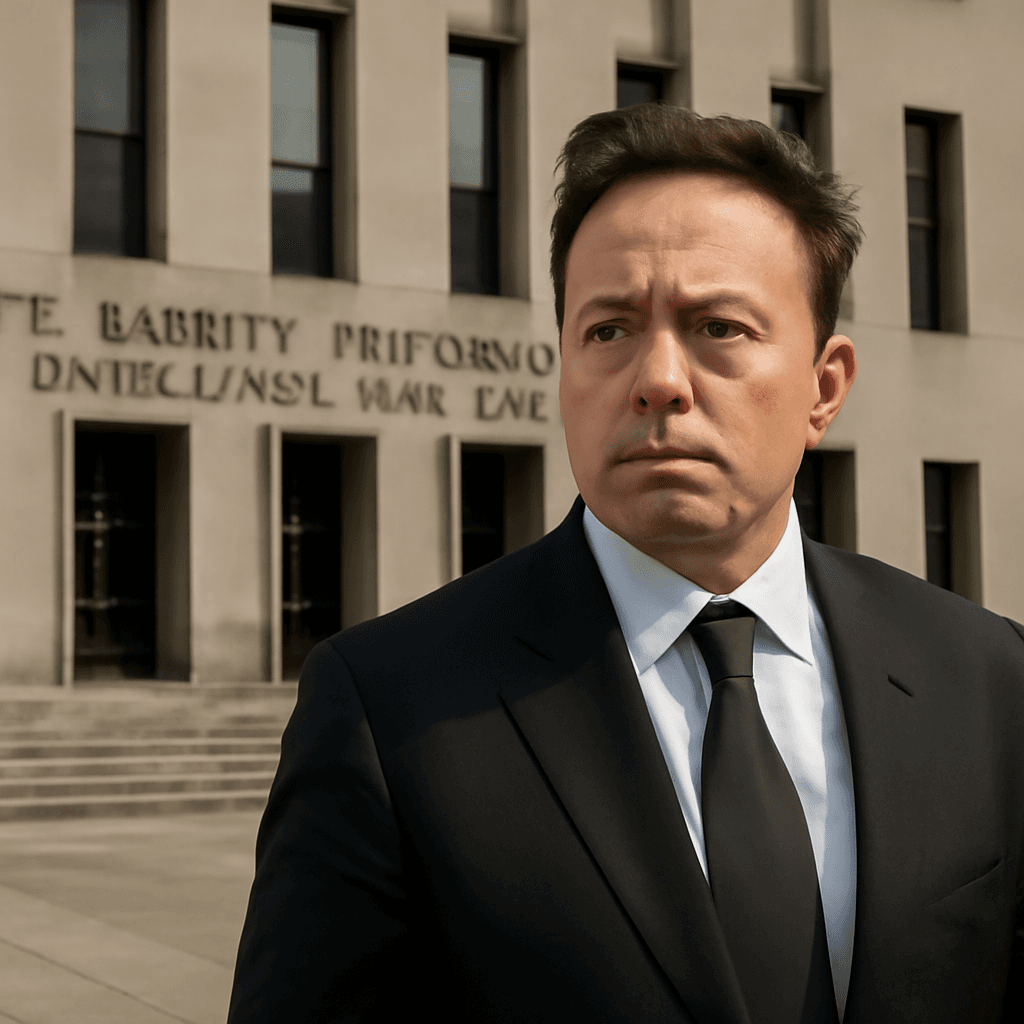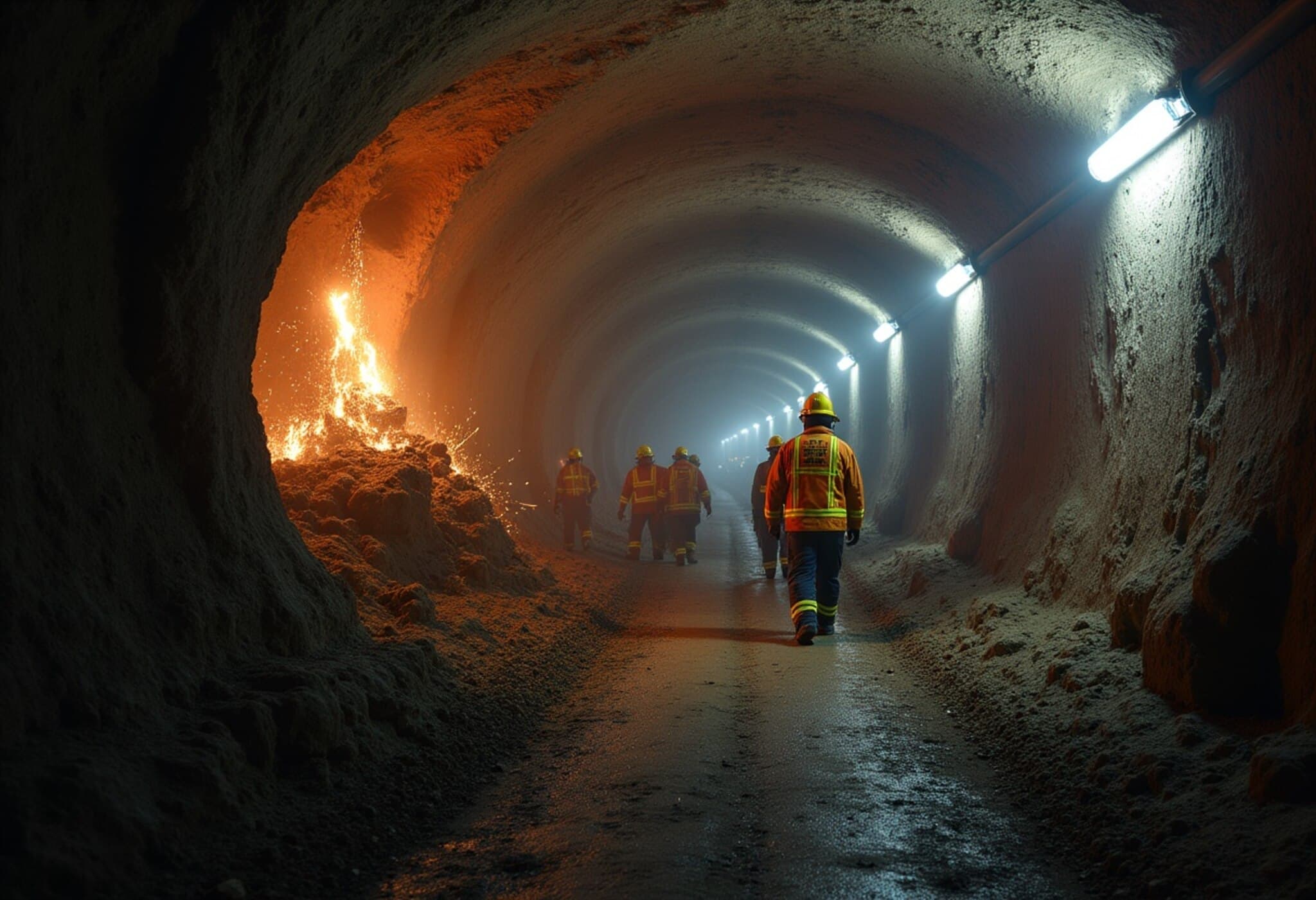Trump Administration Proposes Significant Reduction in NASA Staff
In a move that has sent ripples through the U.S. space community, the Trump administration is reportedly preparing to cut over 2,000 senior NASA employees, predominantly those holding positions at the GS-13 to GS-15 grade levels. Documents reviewed by Politico reveal that these reductions target a workforce rich in specialized skills and leadership experience, stirring concerns about the future of pivotal NASA missions.
Who Will Be Affected?
The staffing cuts will largely impact individuals deeply embedded in NASA's core operational arenas. Around 1,818 of the affected employees are involved directly in mission-critical areas such as science and human spaceflight. The remainder includes professionals in mission support roles covering Information Technology, management, and finance.
NASA’s administration has reportedly offered affected employees options such as early retirement, buyouts, and deferred resignations as part of the reduction plan. This approach underscores the gravity of the workforce restructuring amid an ongoing budgetary squeeze.
Context: Budget Cuts and Their Implications
This downsizing effort follows a proposed 2026 White House budget that seeks to reduce NASA's funding by 25%, alongside trimming its personnel by approximately 5,000 staffers. If enacted by Congress, this budget could mark one of the leanest periods for the agency since the dawn of the space race in the 1960s.
Since the inauguration of Trump’s second term in January 2025, NASA has faced multiple waves of layoffs and program cancellations. These reductions are not only a blow to the workforce but also to America's space ambitions and scientific exploration.
Official Response and Industry Reactions
Responding to inquiries about the proposed cuts, NASA spokesperson Bethany Stevens told Reuters, “NASA remains committed to our mission as we work within a more prioritized framework.” While diplomatic, this statement signals the challenge the agency faces balancing its objectives with diminishing resources.
Meanwhile, these personnel cuts have prompted concern throughout the space industry. Notably, businessman Elon Musk, a major figure in the private space sector, had hoped for the appointment of Jared Isaacman—a private astronaut and ally—to head NASA, a position still vacant after Trump's recent announcement. This uncertainty has further intensified debates about the administration's space priorities.
Broader Implications for U.S. Space Leadership
NASA’s workforce, which once numbered roughly 18,000 employees, is now being reshaped amid political and fiscal challenges. These cuts risk eroding decades of institutional knowledge and could slow progress on critical initiatives including lunar exploration, Mars missions, and climate science.
Experts warn that these reductions could undermine U.S. competitiveness in space, especially as other global powers invest heavily in their space programs. Maintaining a robust, skilled workforce is essential for innovation and leadership in this strategically vital domain.
What’s Next?
- Congressional decision: Approval of the budget cuts rests with lawmakers who will weigh national security, economic, and innovation considerations.
- NASA’s strategic adaptation: How NASA navigates these cuts may determine the agency’s ability to fulfill its missions.
- Industry and public response: Ongoing pressure from industry leaders and the public could influence future policy revisions.
Editor’s Note
The proposed reduction of over two thousand senior NASA employees amid substantial budget cuts raises crucial questions about the United States' long-term vision for space exploration. While fiscal prudence can be necessary, balancing it with the need to retain experienced personnel is delicate. As Congress reviews these proposals, it is essential to consider not only immediate costs but the strategic costs of potentially stalling America’s leadership in space science and exploration. For enthusiasts and policymakers alike, the conversation now turns to how best to preserve innovation while managing limited resources.



